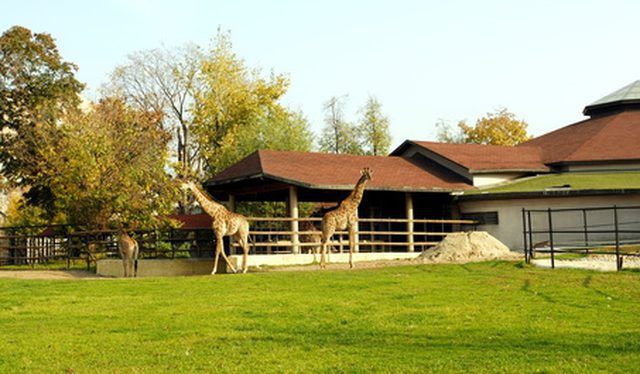Bulbs
Flower Basics
Flower Beds & Specialty Gardens
Flower Garden
Garden Furniture
Garden Gnomes
Garden Seeds
Garden Sheds
Garden Statues
Garden Tools & Supplies
Gardening Basics
Green & Organic
Groundcovers & Vines
Growing Annuals
Growing Basil
Growing Beans
Growing Berries
Growing Blueberries
Growing Cactus
Growing Corn
Growing Cotton
Growing Edibles
Growing Flowers
Growing Garlic
Growing Grapes
Growing Grass
Growing Herbs
Growing Jasmine
Growing Mint
Growing Mushrooms
Orchids
Growing Peanuts
Growing Perennials
Growing Plants
Growing Rosemary
Growing Roses
Growing Strawberries
Growing Sunflowers
Growing Thyme
Growing Tomatoes
Growing Tulips
Growing Vegetables
Herb Basics
Herb Garden
Indoor Growing
Landscaping Basics
Landscaping Patios
Landscaping Plants
Landscaping Shrubs
Landscaping Trees
Landscaping Walks & Pathways
Lawn Basics
Lawn Maintenance
Lawn Mowers
Lawn Ornaments
Lawn Planting
Lawn Tools
Outdoor Growing
Overall Landscape Planning
Pests, Weeds & Problems
Plant Basics
Rock Garden
Rose Garden
Shrubs
Soil
Specialty Gardens
Trees
Vegetable Garden
Yard Maintenance
How to Care for St Augustine Grass in Florida
How to Care for St Augustine Grass in Florida. St. Augustine grass thrives in the hot climate of Florida. With regular irrigation and fertilizer, it is a thick dark-green grass that grows slowly, needing less mowing than other grasses. It grows well in the slightly acidic soils found in most areas of Florida, as well as the alkaline soils in areas...

St. Augustine grass thrives in the hot climate of Florida. With regular irrigation and fertilizer, it is a thick dark-green grass that grows slowly, needing less mowing than other grasses. It grows well in the slightly acidic soils found in most areas of Florida, as well as the alkaline soils in areas with heavy limestone content. The main issue in growing St. Augustine grass in Florida is balancing the needs of the lawn with local watering restrictions. Water St. Augustine grass deeply to encourage deep roots and allow longer periods between watering.
Things You'll Need
Balanced lawn fertilizer
Iron supplement
Pre-emergent herbicide, optional
Insecticide, optional
Fungicide, optional
Diazinon, optional
Check with your local water district about watering restrictions in your area. Water St. Augustine grass immediately after planting. Water daily for the first two weeks, then increase the time between watering gradually. Water established St. Augustine lawns once a week, providing 3/4 to 1 inch of water each time. Water in the morning or evening, not during the hottest part of the day.
Fertilize St. Augustine grass with a balanced fertilizer such as 10-10-10 during the growing season. Broadcast fertilizer onto dry grass at a rate of 1 lb. of nitrogen per 1,000 square feet monthly. Water after fertilizing. Withhold fertilizer during long, dry periods.
Apply an iron supplement in areas with alkaline soil. Soil pH greater than 7.0 prevents the uptake of iron.
Mow grass two to four times a month with a mulching mower during the growing season.
Check the lawn in the fall for excess thatch buildup. Dethatch the lawn when the thatch layer is greater than 1/2 inch.
Watch for small brown patches caused by fungus diseases during warm, wet weather in Florida. Avoid overfertilizing and treat with a fungicide.
Check for cinch bugs by inserting a ring or can with the ends removed into the soil. Fill the can with water and watch for cinch bugs to float to the surface. Control cinch bugs with an application of diazinon.
Control sodworms, the larvae of pale moths that can be seen at dusk, with an application of insecticide.
Control weeds with a pre-emergent herbicide specially formulated for St. Augustine grass. The thick growth of St. Augustine effectively crowds out most weeds and other grasses.